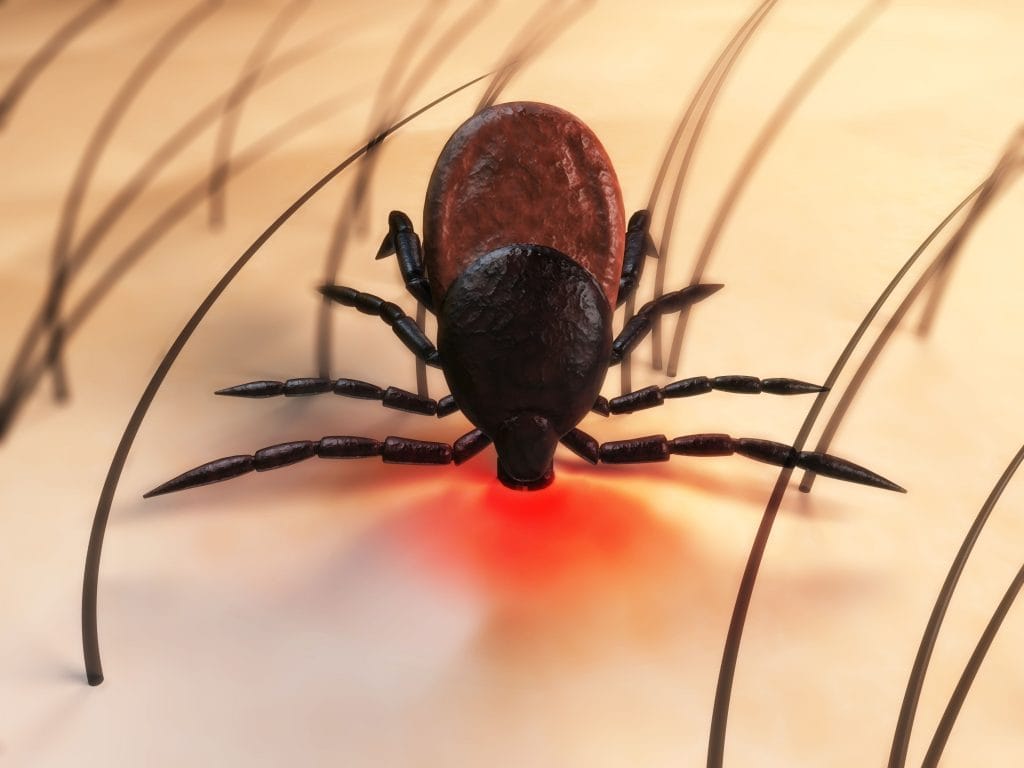A 24-year-old man has been admitted to hospital with Kyasanur Forest Disease (KFD) in Panavally settlement in Thirunnelli grama panchayat of the high-range district, sparking fears of a further outbreak.

The individual was admitted to Mananthavady Medical College and his condition has been reported to be stable. This is believed to be the first outbreak of KFD in Kerala this year, and local health officials have warned locals to remain vigilant.
A 57-year-old woman in Kudige village of Thirthahalli in Karnataka has also been reported as infected with the condition, the first confirmed case in Karnataka in two years. KFD – colloquially known as ‘monkey fever’ – is a disease that typically spikes on a yearly basis in and around Karnataka. An estimated 500 cases of KFD are reported in India every year. Though the disease shows only a limited number of cases on a yearly basis, it is of particular concern due to its mortality rate of around ten percent.
The disease is spread by the Haemaphysalis spinigera tick, typically found on monkeys, giving it it’s commonly used name – Monkey Fever. The symptoms can include a haemorrhagic fever that sets in with chills and nosebleeds and can progress to neurological issues such as severe headaches and vision defects. Similar to coronavirus, KFD has no specific treatment beyond symptom management and hospitalisation.
The disease is, however, vaccine preventable, with policies in place intended to limit the spread of the disease. It is recommended that vaccination against KFD should take place within ten kilometres of any known infected person or infected animal. Often this does not occur, and occasionally results in the disease “leapfrogging” between villages.
By nature of the vector by which the disease is spread it is typically limited to rural locations. There are also clear links between the condition and deforestation. As Health Issues India previously noted following a report published on the matter “Experts found through satellite imagery that areas prone to outbreaks coincided with those that were currently witnessing deforestation. This deforestation typically meant that human activity in the area increased, often bringing farm animals which could also potentially harbour the ticks.”
As India’s forested regions continue to be destroyed, often making way for farmland, cases of the disease, as well as numerous other zoonotic conditions may continue to rise.

